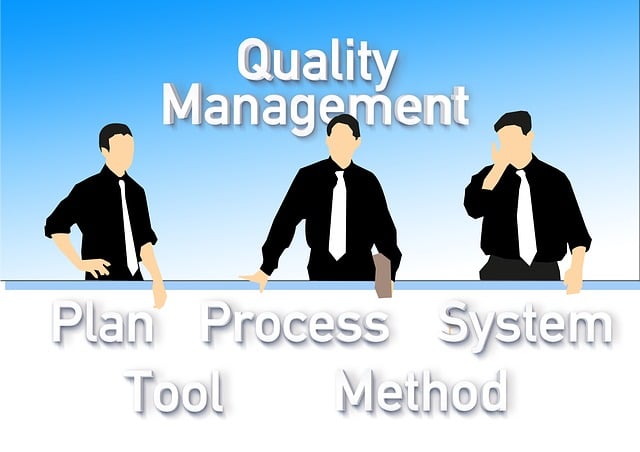Child support cases are prone to errors due to incomplete financial disclosures, misinterpretations of guidelines, and changes in circumstances not reported to the court. To prevent these child support mistakes, both parents and legal professionals must take strategic steps including gathering comprehensive financial data, verifying income sources, documenting child-related expenses, and staying updated on legislative changes. Open communication, meticulous documentation, and using reliable software tools ensure transparency, fairness, and minimize costly disputes in child support cases. Legal advisors play a vital role in guiding parents through complex matters, proactively identifying and rectifying errors to protect client rights and the well-being of families involved.
In the complex landscape of family law, child support cases often face challenges that can lead to costly errors. This article explores critical strategies to prevent such pitfalls. We delve into understanding common child support mistakes, emphasizing early identification through recognizing warning signs. Effective calculation and compliance strategies are outlined, alongside the pivotal role of legal professionals in error prevention. By navigating these key areas, individuals and practitioners can ensure fair, accurate, and compliant child support arrangements.
- Understanding Common Child Support Mistakes
- Early Identification: Recognizing Warning Signs
- Strategies for Accurate Calculation and Compliance
- The Role of Legal Professionals in Error Prevention
Understanding Common Child Support Mistakes

Child support cases, despite their emotional and financial sensitivity, often involve common errors that can lead to significant consequences for all parties involved. Understanding these mistakes is the first step in preventing them. One frequent mistake is miscalculating the income of one or both parents, which can result from incomplete financial disclosures or misinterpretations of earning potential. This is crucial as it directly impacts the amount of child support paid or received.
Another common error occurs when parents fail to inform the court of changes in circumstances, such as job losses, promotions, or relocation. These alterations can drastically affect a child’s living standards and the ability to fulfill financial obligations. Additionally, lack of understanding regarding state-specific child support guidelines can lead to disputes and inaccurate calculations. Navigating these complexities requires both parents to stay informed and communicate openly with legal representatives to ensure fairness and compliance.
Early Identification: Recognizing Warning Signs

Early identification is a powerful tool in preventing child support cases from escalating into complex, costly, and emotionally draining disputes. Recognizing warning signs early on allows for prompt intervention and the opportunity to rectify issues before they become significant problems. Some key indicators to watch out for include inconsistencies in financial disclosures, deliberate non-compliance with court orders, or attempts to manipulate the system through hidden assets or underreporting income.
Parental communication breakdowns and a lack of transparency can also be red flags. If either parent is unwilling to provide clear information about their financial situation or spends excessive time disputing details, it could suggest underlying issues that require attention. Addressing these signs promptly can help ensure the well-being of the child and maintain a fair and efficient process for everyone involved.
Strategies for Accurate Calculation and Compliance

To prevent child support mistakes, both parents and legal professionals must adopt strategic approaches that ensure accuracy and compliance with regulations. The first step involves gathering comprehensive and up-to-date financial information from both parties. This includes verifying income sources, documenting expenses related to the child’s care, and ensuring all relevant assets are considered. Utilizing reliable software tools designed for child support calculations can significantly reduce human errors and streamline the process.
Moreover, staying informed about changes in legislation and guidelines is paramount. Regular updates on state-specific rules, adjustments in tax laws, and new economic factors affecting child support calculations must be incorporated into the process. Consistent communication between parents and legal advisors, coupled with clear documentation, helps maintain transparency and accuracy throughout the case, minimizing potential errors in decision-making and ensuring fair outcomes for all involved.
The Role of Legal Professionals in Error Prevention

Legal professionals play a pivotal role in preventing child support mistakes, ensuring fairness and accuracy in these sensitive cases. They serve as guides, helping clients navigate the complex legal landscape surrounding child support. With their expertise, they can identify potential errors early on, whether it’s calculating support amounts, verifying financial information, or ensuring compliance with court orders. Attorneys also educate clients about their rights and obligations, empowering them to make informed decisions.
Moreover, these professionals employ meticulous record-keeping practices, carefully documenting every step of the process. They stay updated on relevant laws and regulations, enabling them to advocate for the best interests of their clients while minimizing errors. By fostering open communication and maintaining a high level of professionalism, legal representatives contribute significantly to reducing child support mistakes, ultimately protecting the well-being of involved families.
